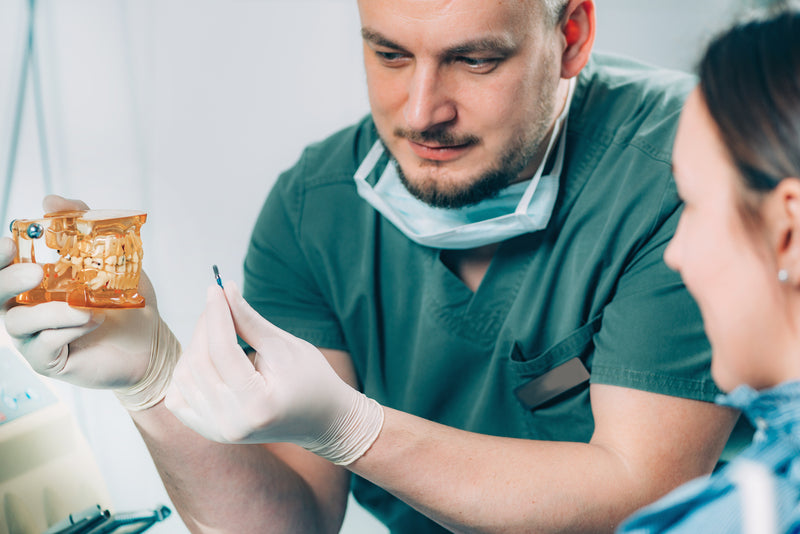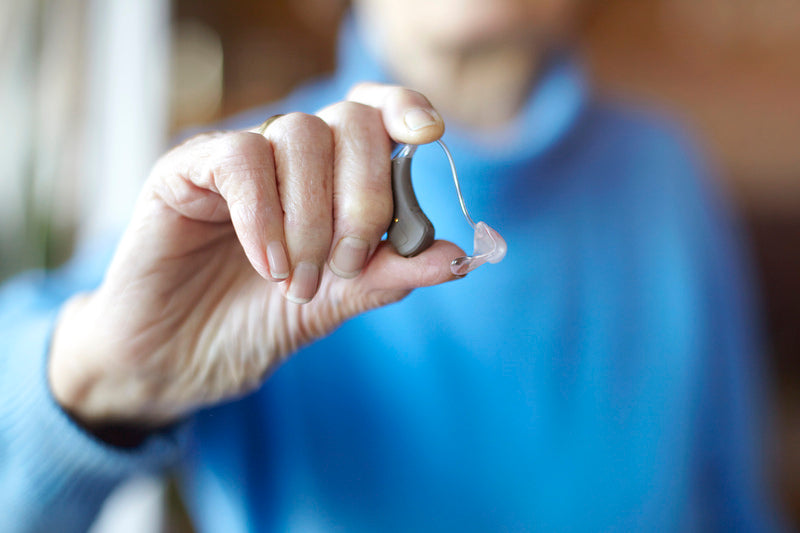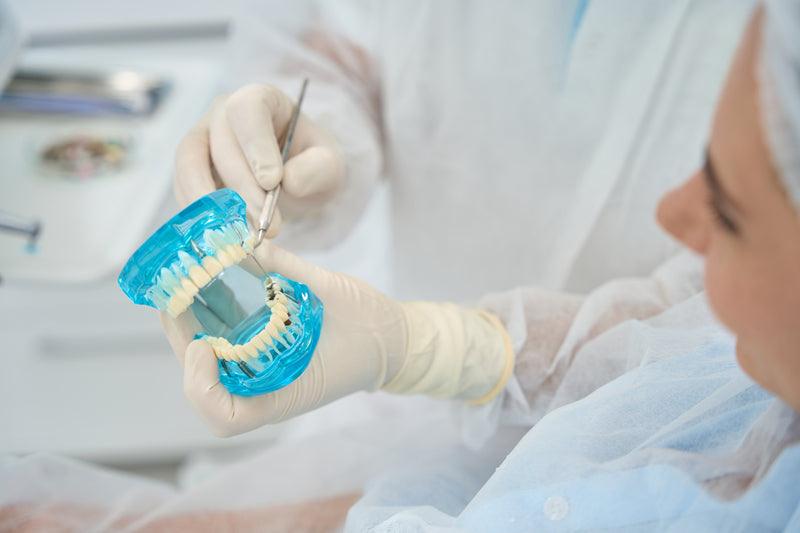Finding the Best Dry Eye Solutions for You in 2024
Dry eye syndrome is a common condition that occurs when the eyes do not produce enough tears or when the tears evaporate too quickly. It can lead to discomfort, redness, blurred vision, and sensitivity to light. Fortunately, there are various solutions available to alleviate dry eye symptoms and improve eye health. In this article, we will explore some of the best dry eye solutions. From lifestyle adjustments to over-the-counter remedies and medical interventions, understanding these options can help you find the most suitable approach for managing your dry eye symptoms effectively.
Artificial Tears and Lubricating Eye Drops
Artificial tears and lubricating eye drops are common first-line treatments for mild to moderate dry eye symptoms. These products help moisturize and lubricate the eyes, providing temporary relief. Look for preservative-free options that are suitable for your specific type of dry eye. It may be necessary to experiment with different brands or formulations to find the one that works best for you. Some drops are designed for daytime use, while others are recommended for nighttime application to provide long-lasting relief.

Warm Compresses and Lid Massages
Applying warm compresses to the eyelids and gently massaging them can help unclog blocked oil glands, improve tear quality, and reduce dry eye symptoms. This technique is particularly effective for individuals with evaporative dry eye, which is caused by insufficient oil in the tear film. Use a clean, warm washcloth or a specially designed heat mask and follow your eye care professional's instructions for the duration and frequency of warm compress treatments.
Nutritional Supplements
Certain nutritional supplements have shown promise in managing dry eye symptoms. Omega-3 fatty acids, found in fish oil or flaxseed oil supplements, can help reduce inflammation and improve tear production. Additionally, supplements containing vitamins C, E, and D, as well as antioxidants like lutein and zeaxanthin, may provide benefits for overall eye health. Consult with your eye care professional or a healthcare provider before starting any supplements to determine the appropriate dosage and ensure they do not interfere with any existing medications or medical conditions.
Environmental Modifications
Making adjustments to your environment can help alleviate dry eye symptoms. Consider using a humidifier to add moisture to the air, especially in dry climates or during the winter months when indoor heating can contribute to dryness. Positioning yourself away from direct airflow from fans or air conditioning vents can also help prevent excessive evaporation of tears. Taking regular breaks from digital screens and using the 20-20-20 rule (looking at something 20 feet away for 20 seconds every 20 minutes) can reduce eye strain and dryness associated with prolonged screen use.
Prescription Medications
If over-the-counter remedies and lifestyle modifications do not provide sufficient relief, your eye care professional may prescribe medications for managing dry eye symptoms. These can include prescription eye drops that increase tear production, reduce inflammation, or modify the composition of the tears. Medications such as corticosteroids or immunomodulators may be used for short-term relief in severe cases. Your eye care professional will determine the most appropriate treatment based on the underlying cause of your dry eye and the severity of your symptoms.
In-office Procedures
For individuals with more severe or persistent dry eye symptoms, in-office procedures may be recommended. These procedures aim to address the root cause of dry eye or provide long-term relief. Examples include punctal plugs, which are tiny silicone or gel-like plugs inserted into the tear ducts to slow tear drainage, and intense pulsed light (IPL) therapy, which uses light energy to improve oil gland function and reduce inflammation in the eyelids. These procedures are typically performed by eye care professionals and require evaluation to determine their suitability for your specific condition.
Conclusion
Managing dry eye syndrome involves finding the right combination of solutions that work best for you. From artificial tears and lubricating eye drops to lifestyle modifications, nutritional supplements, prescription medications, and in-office procedures, there are numerous options available to alleviate dry eye symptoms. It is important to consult with an eye care professional to determine the underlying cause of your dry eye and develop a personalized treatment plan. By staying proactive, adhering to your recommended treatment regimen, and maintaining good eye hygiene practices, you can find relief from dry eye symptoms and improve the health and comfort of your eyes in 2024 and beyond.




